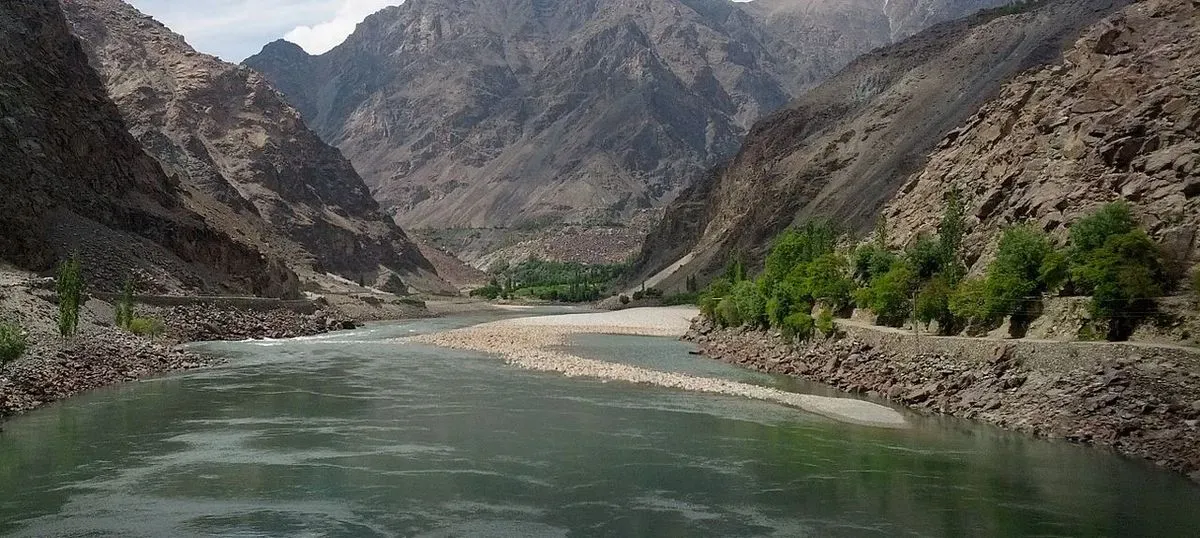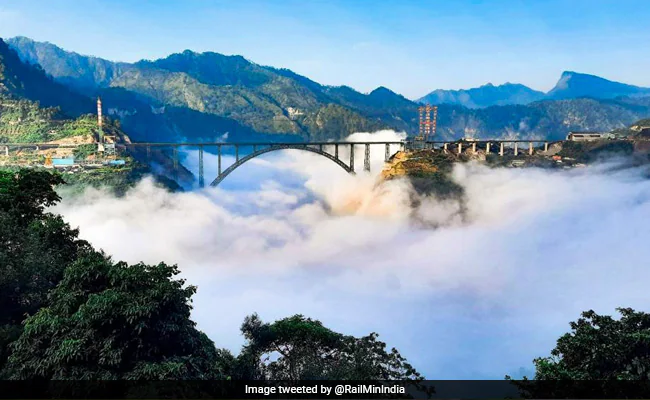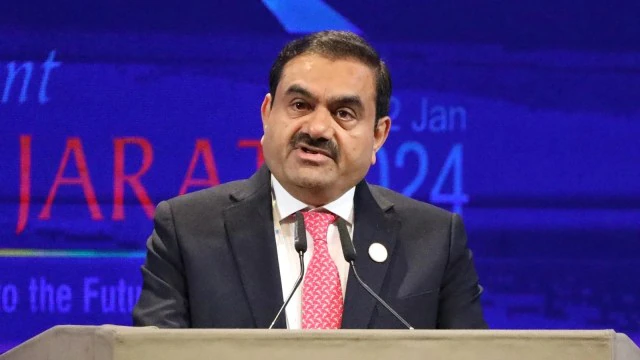Indus Water Treaty: Sustaining Cooperation Amidst Challenges in South Asia
The Indus Water Treaty (IWT), signed in 1960, stands as one of the most significant water-sharing agreements in the world. Facilitated by the World Bank, it was a landmark accord between India and Pakistan aimed at resolving disputes over water distribution from the Indus River and its tributaries. Despite the historical animosity and conflicts between the two nations, this treaty has been a testament to cooperation, maintaining relative peace over shared water resources for more than six decades. This article delves into the treaty’s history, provisions, impacts, challenges, and future outlook.
1. Historical Background
The roots of the Indus Water Treaty date back to the Partition of British India in 1947. The division of the subcontinent created two separate nations, India and Pakistan, with the new international boundary cutting across the Indus River system. This partition created uncertainty over water rights, as the headworks of the major canals feeding into Pakistan were situated in India.
Initially, a temporary agreement was reached in 1948. However, tensions rose when India, citing its upstream position, cut off water supplies to Pakistan in the same year, leading to significant disruptions in agricultural practices in Pakistan’s Punjab region. This prompted years of negotiations under the aegis of the World Bank, culminating in the signing of the Indus Water Treaty on September 19, 1960, by then Indian Prime Minister Jawaharlal Nehru and Pakistani President Ayub Khan.
2. Provisions of the Indus Water Treaty
The treaty divides the rivers of the Indus Basin into two categories:
- Western Rivers: The Indus, Jhelum, and Chenab
- Eastern Rivers: The Ravi, Beas, and Sutlej
Key Provisions:
- Water Allocation: The treaty allocates the waters of the three western rivers (Indus, Jhelum, and Chenab) primarily to Pakistan, while India is permitted to use their waters for limited non-consumptive needs such as irrigation and hydroelectric projects. Conversely, India has full rights over the three eastern rivers (Ravi, Beas, and Sutlej).
- Usage Rights: The agreement allows India to use the water of the western rivers for purposes such as navigation, storage, and power generation, provided it does not impede the flow into Pakistan beyond certain defined limits.
- Monitoring Mechanisms: The Permanent Indus Commission (PIC) was established to oversee the treaty’s implementation and address any issues. It comprises one commissioner from each country and meets annually or more frequently as required.
- Dispute Resolution: The treaty lays out a three-tiered mechanism for resolving disputes: first through bilateral discussions via the PIC, followed by referral to a neutral expert if needed, and finally, arbitration by a court if bilateral and neutral expert solutions fail.
3. Benefits and Achievements
a. Sustained Peace:
Despite the numerous conflicts and wars between India and Pakistan, the IWT has survived as a symbol of peaceful cooperation. It has remained intact even during the most strained political climates, underscoring the importance of shared water resources in fostering stability.
b. Economic Support:
The agreement has allowed both nations to develop and sustain agriculture and energy production. Pakistan, being an agrarian economy, relies heavily on the Indus River system to irrigate its vast plains. For India, the treaty permits the development of hydropower projects on the western rivers, crucial for electricity generation, particularly in the northern states like Jammu and Kashmir.
c. Cooperative Framework:
The Permanent Indus Commission provides a platform for dialogue and resolution of issues that may arise, helping to prevent misunderstandings from escalating into major disputes. Over the years, the commission has facilitated the sharing of technical data and promoted transparency between the two nations.
4. Challenges and Criticisms
Despite its durability, the Indus Water Treaty has not been without its challenges. Both nations have, at times, expressed dissatisfaction with aspects of the treaty and how it is implemented.
a. Disputes Over Water Projects:
India’s development of hydroelectric projects on the western rivers has been a major point of contention for Pakistan. Projects like the Kishanganga and Ratle dams have led to accusations from Pakistan that India is violating the treaty’s terms by altering the flow of water downstream. While India maintains that its projects are within the treaty’s provisions, such disagreements have often required the intervention of neutral experts and international arbitrators.
b. Growing Water Scarcity:
The treaty was drafted in an era when water availability was not as pressured as it is today. Climate change, population growth, and increasing water usage have amplified water scarcity concerns in both nations. This has added strain to the treaty, as both sides face the challenge of meeting their domestic water needs.
c. Infrastructure and Management:
Pakistan has criticized the limitations on its ability to construct dams and reservoirs on the western rivers, which hinders its capacity to store water during periods of excess flow. This inadequacy leaves the country vulnerable to both floods during monsoon seasons and water shortages during dry spells.
5. Environmental Impact
While the IWT has been largely successful in maintaining peace, it has had certain environmental repercussions:
- Ecosystem Stress: The focus on water distribution has, at times, led to neglecting the health of the river ecosystem. Overexploitation and changing flow patterns have affected fish populations and wetland ecosystems that depend on consistent water flow.
- Siltation Issues: Pakistan’s reliance on irrigation from the Indus River system has led to significant silt deposition in its canal systems, reducing their efficiency and necessitating continuous dredging and maintenance.
6. Recent Developments and Proposals for Revisions
Given the evolving geopolitical and environmental landscape, there have been discussions about revisiting the treaty’s provisions:
- Calls for Modernisation: Analysts have suggested updating the treaty to reflect current realities, including provisions for addressing climate change impacts, enhanced water storage capacities, and more robust data-sharing mechanisms.
- Political Rhetoric: At times, political leaders in India have suggested using water as a pressure tactic during periods of heightened tensions with Pakistan. This rhetoric, while not translating into direct action, raises concerns about the treaty’s future viability.
7. Case Study: The Kishanganga Dispute
The Kishanganga Hydroelectric Project in Jammu & Kashmir, constructed by India, was one of the significant disputes that tested the treaty’s resilience. Pakistan argued that the diversion of water for the project would reduce the flow of the Kishanganga (known as the Neelum River in Pakistan) into its territory, affecting agriculture and power generation downstream. The case was referred to the Court of Arbitration at The Hague, which ruled in 2013 that India could proceed with the project but had to ensure a minimum flow of water into Pakistan.
This case underscored the complexity of balancing developmental needs with treaty obligations and highlighted the role of international arbitration in upholding the treaty’s principles.
8. Future Outlook
a. Cooperation and Adaptation:
As both nations continue to face increasing water challenges, cooperation is key. Experts suggest that enhanced collaboration on joint water management, data sharing, and sustainable practices could improve the situation.
b. Climate Change and Water Security:
Climate change poses one of the most significant risks to the Indus Basin. Melting glaciers, erratic rainfall, and changing monsoon patterns are likely to alter water availability. Future negotiations may need to incorporate adaptive measures that consider these environmental shifts.
c. Public Awareness and Community Involvement:
Empowering local communities and promoting awareness about the importance of water conservation can help mitigate some of the pressures on the Indus River system. Educating farmers about efficient irrigation techniques and investing in water-saving technologies could improve water use.
9. Conclusion
The Indus Water Treaty remains a remarkable example of successful bilateral cooperation, especially between two countries with a fraught relationship. Its endurance for over 60 years testifies to its effectiveness and the mutual reliance on water resources. However, as the world faces new challenges brought about by climate change, population growth, and increased water consumption, the treaty’s framework must evolve to remain effective.
Ensuring a fair and adaptive agreement that meets the contemporary needs of both India and Pakistan will be essential for the continued peaceful sharing of the Indus waters. Revisiting certain provisions, investing in modern infrastructure, and strengthening cooperative measures could help the treaty continue to serve as a stabilizing force in South Asia.






